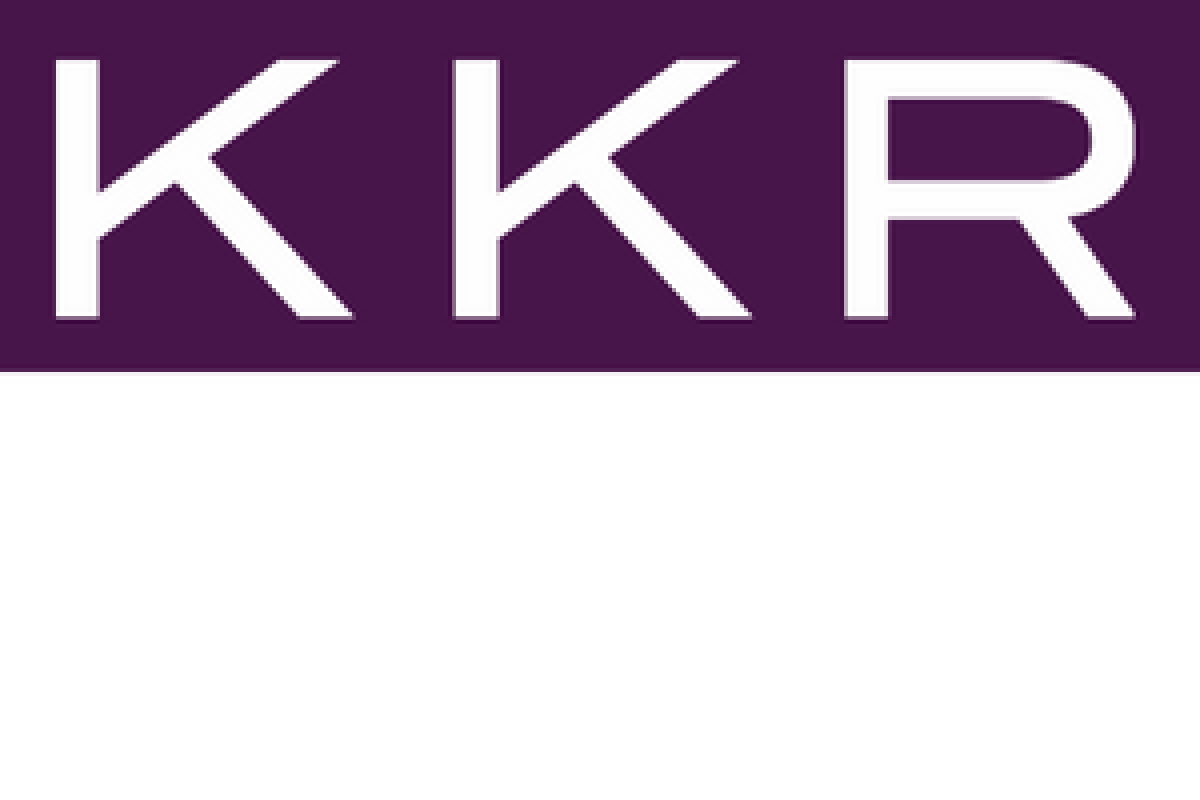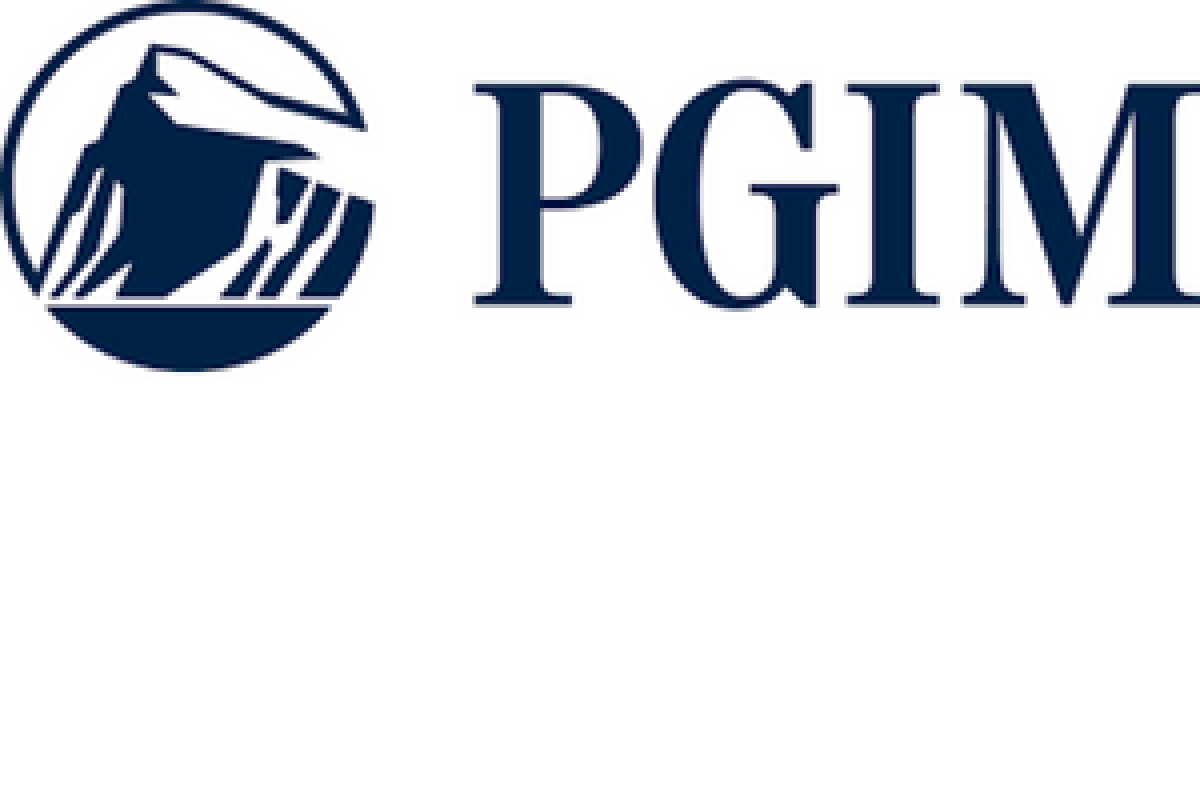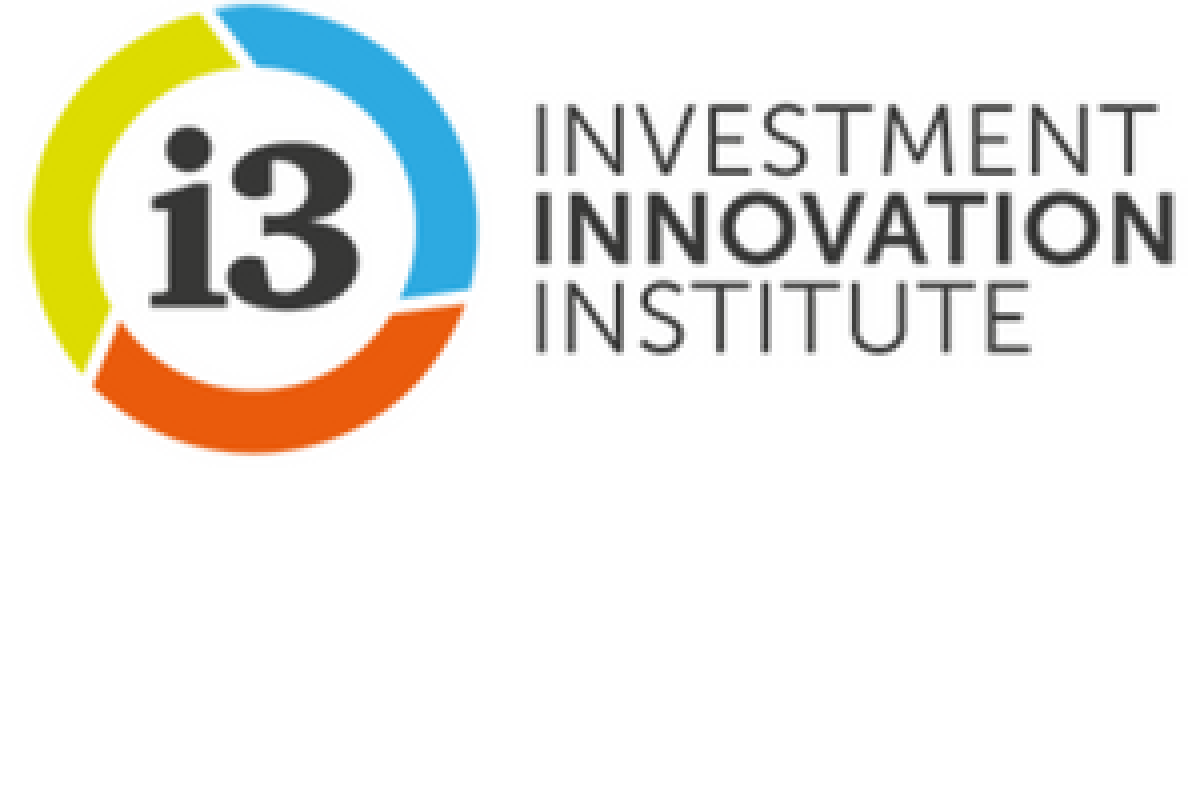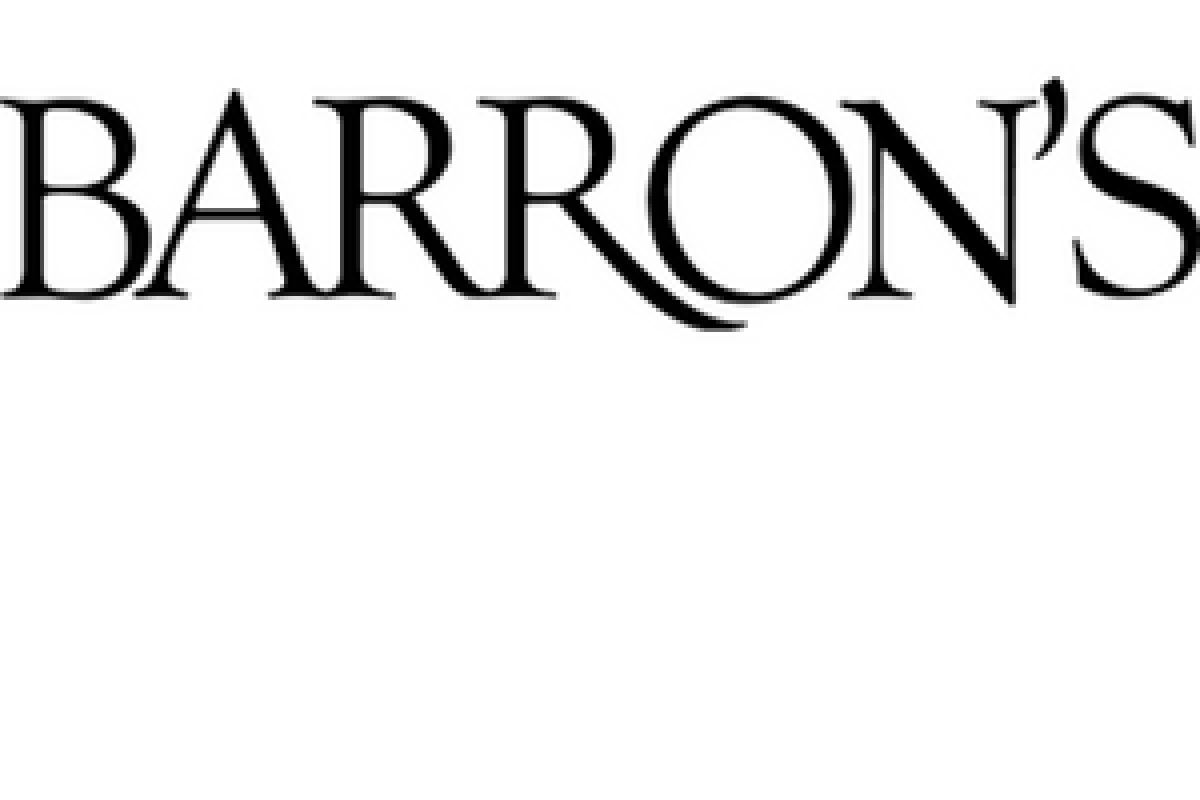The strongest approach for asset selection and allocation remains a fierce topic of debate among CIOs and managers within pension funds, hedge funds and endowment systems.
With that, Ashby Monk, who serves as executive director for Stanford’s Research Initiative on Long Term Investing, is adamant that meaningful performance will revolve around an effective operating model.
For the June edition of Chronicles, we're highlighting Ashby's feature in Portfolio for the Future™ and unpacking how to develop strategies that will yield the most alpha in today’s volatile investment arena:
As investors reassess the effectiveness of a 60/40 portfolio, a recent paper from KKR explored the “regime change” that is underway. Namely, KKR has urged investors to examine a 40/30/30 portfolio consisting of equities, bonds and private assets, respectively. Within the bucket of private assets, KKR highlighted real estate, infrastructure, and private credit as options. Ultimately, the authors concluded that their 40/30/30 mix offered a particularly strong performance within a high-inflation environment. Read it here.
PGIM recently made the argument that pension and endowment funds should steer clear of crypto. Taimur Hyat, PGIM CIO and co-author of the firm’s megatrends report, was blunt in his assessment: “We are quite bearish on cryptocurrencies as having any evidence of being a useful or suitable part of an institutional portfolio.” Read it here.
And, with an eye on international developments, APG, the investment arm of multiple Dutch pension funds, is creating a data hub to allow for more effective investments. Learn more here.
During a terrible 2022 for stocks and bonds, Barron’s is calling for calm: Jack Hough encouraged investors to reset their expectations with a new set of guidelines for investing that centers around not abandoning equities at this stage in the game. Read it here.
In an open letter to the leadership of 200 of the largest global asset management firms, CAIA’s Bill Kelly and John Bowman noted that the system of capitalism only works if capitalists are willing to be agents of change. In that notion, investors must be willing to evolve in order to remain nimble and, of course, profitable on behalf of their clients. For more, CAIA’s guide to the five essential marks of effective capital allocation can be found within Portfolio for the Future™. Read their letter here.
Lastly, check out some bonus content from CAIA’s interview with Stanford’s Ashby Monk, who also believes that success for a multitude of asset owners will be defined by a willingness to change and innovate. Watch it here.









